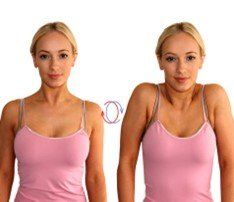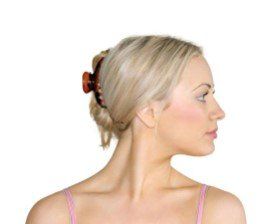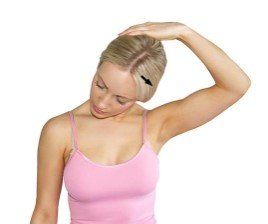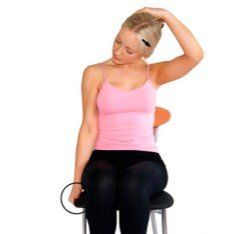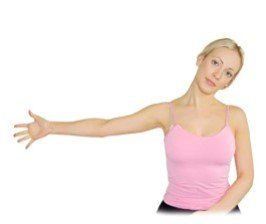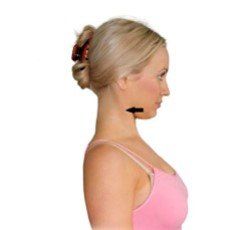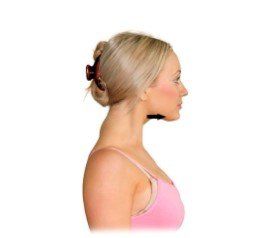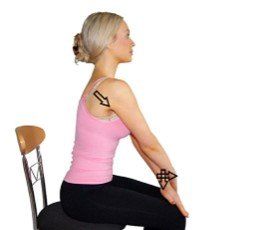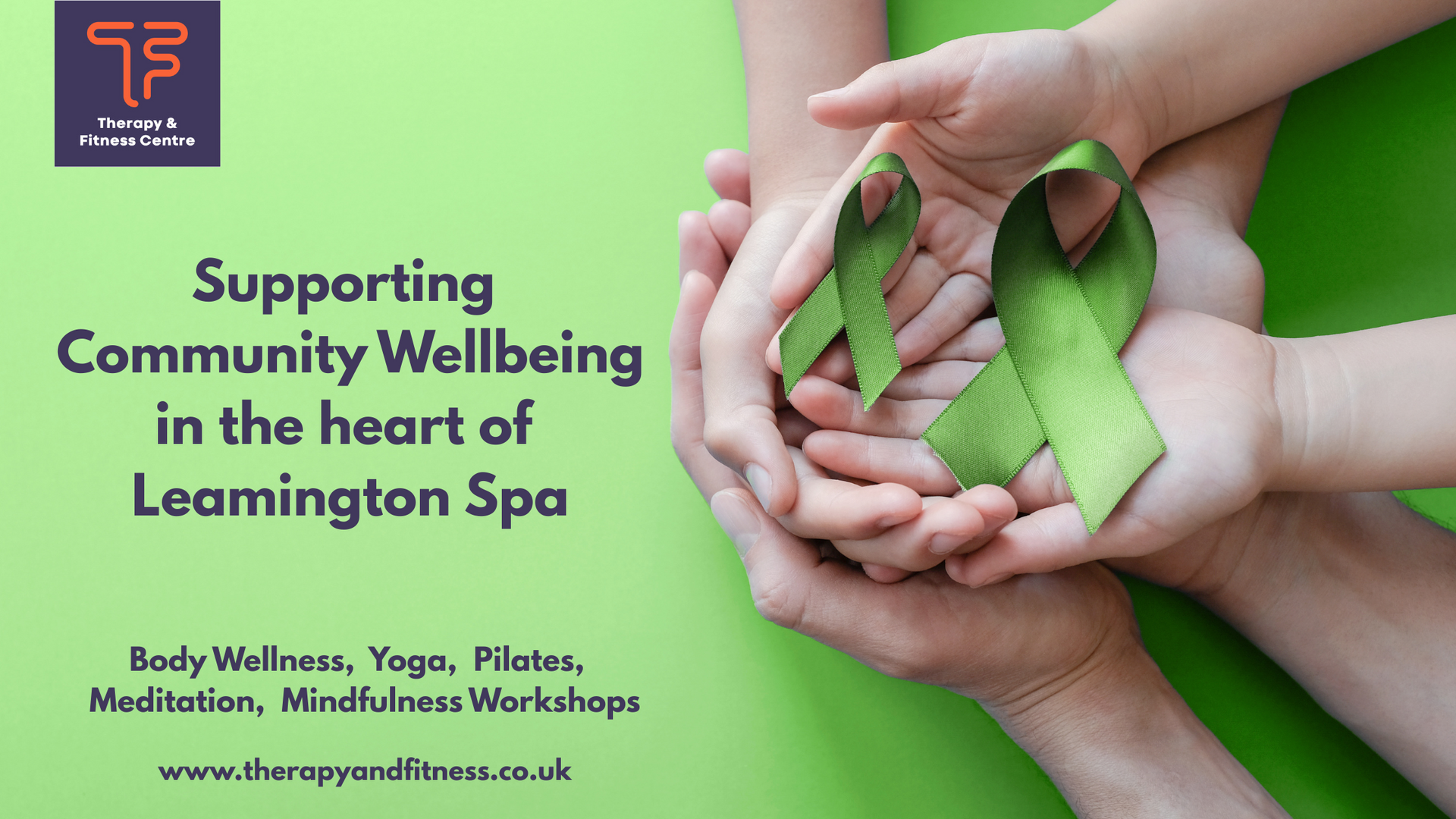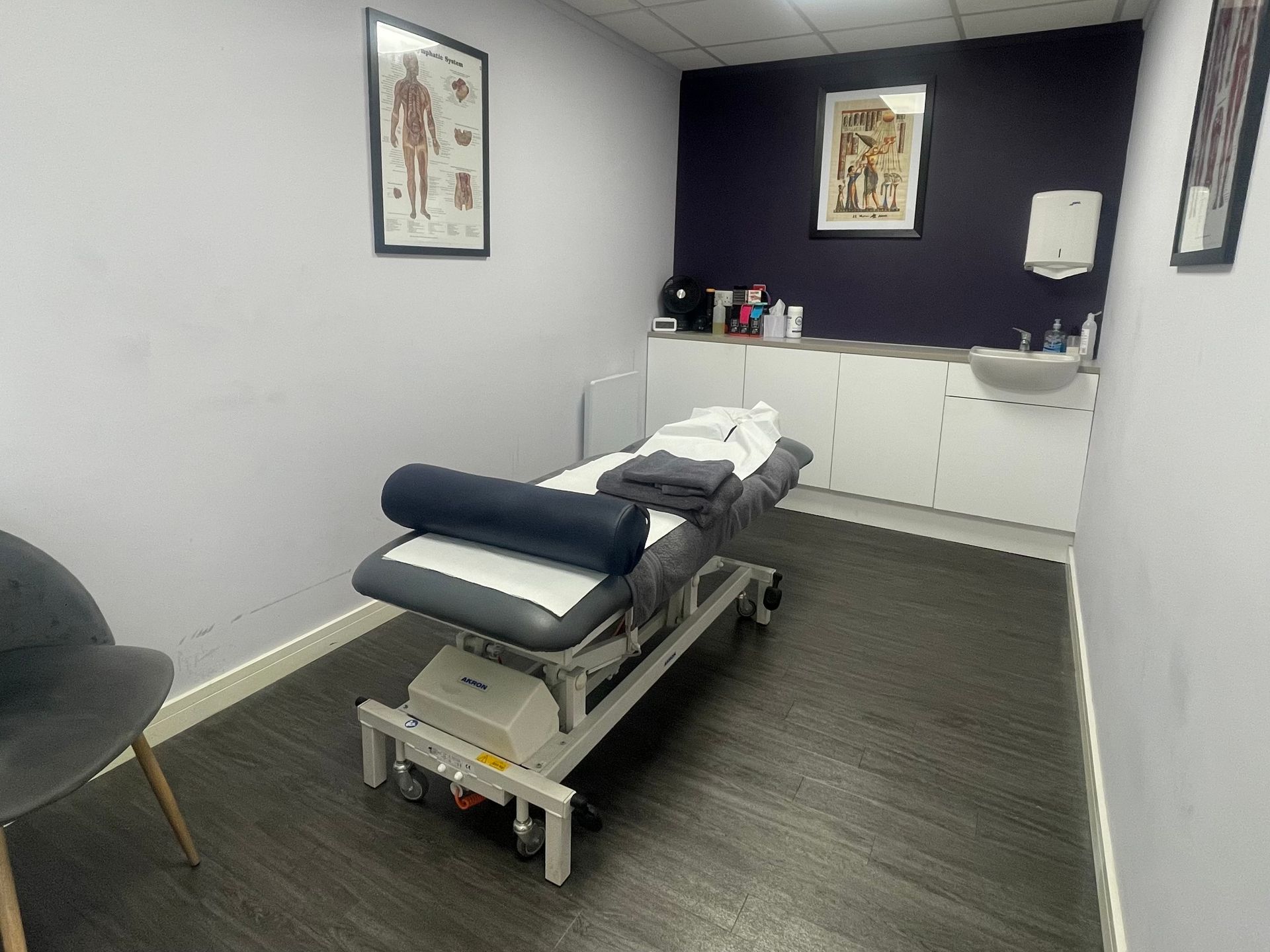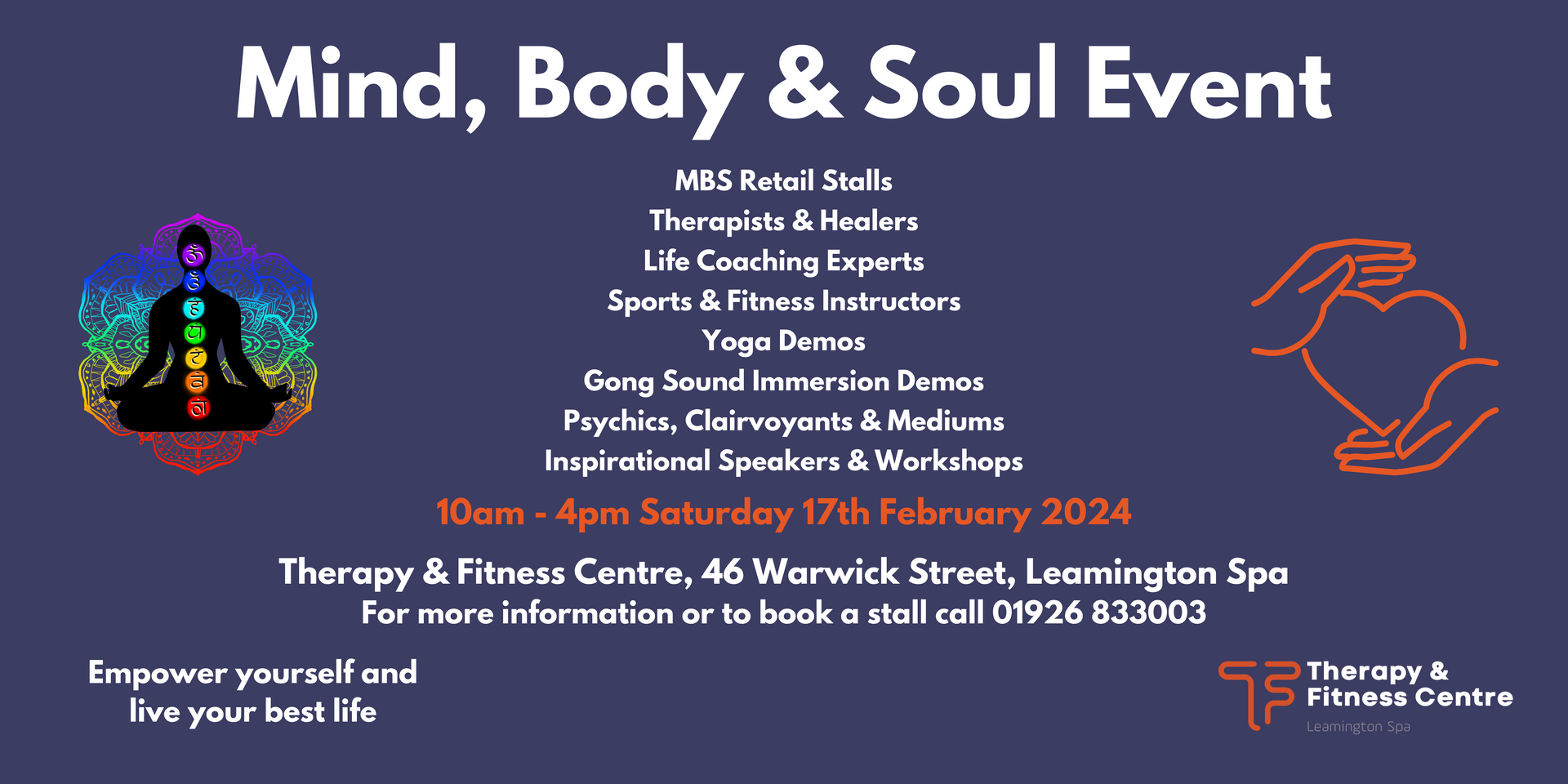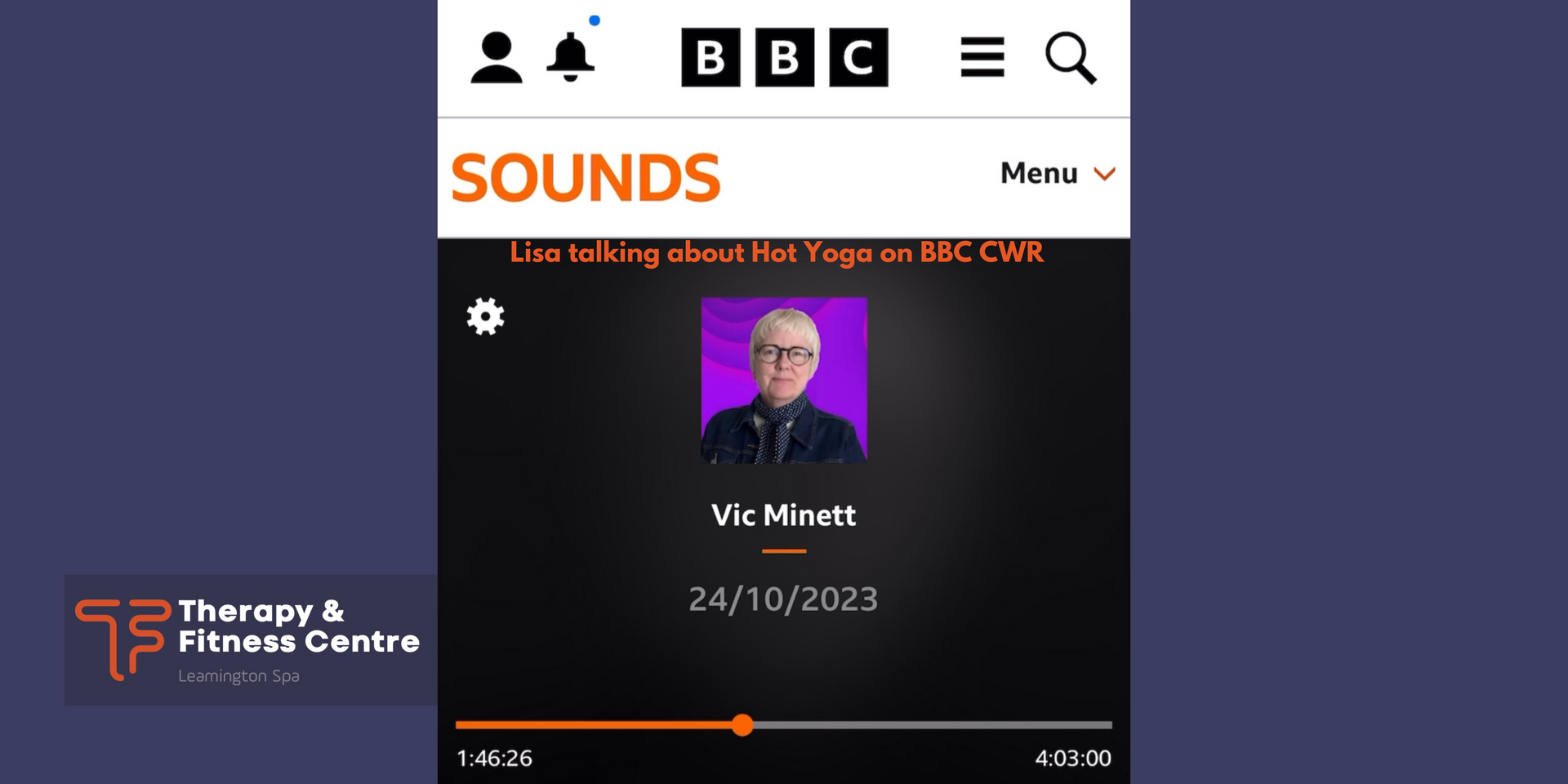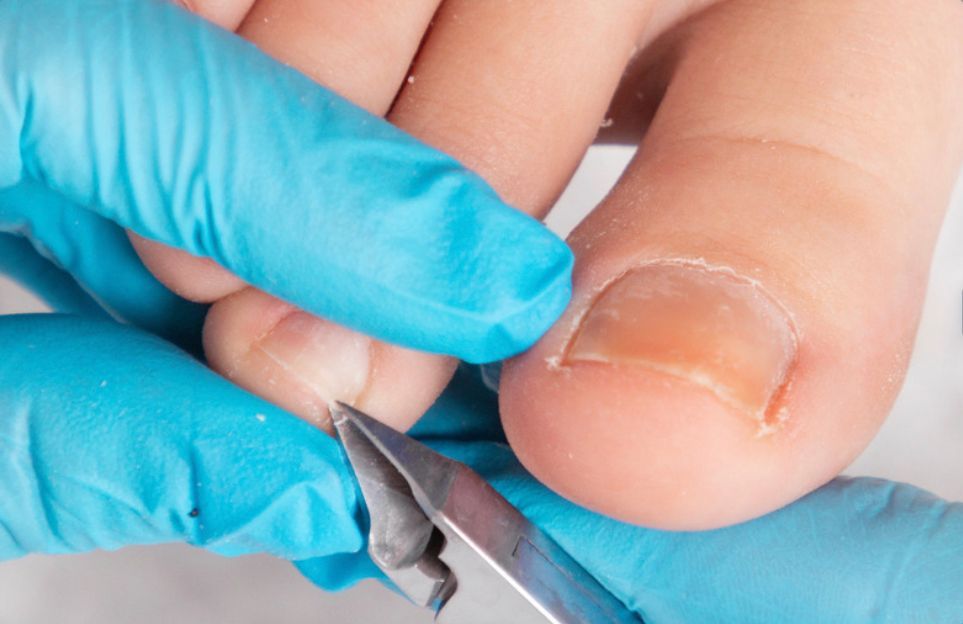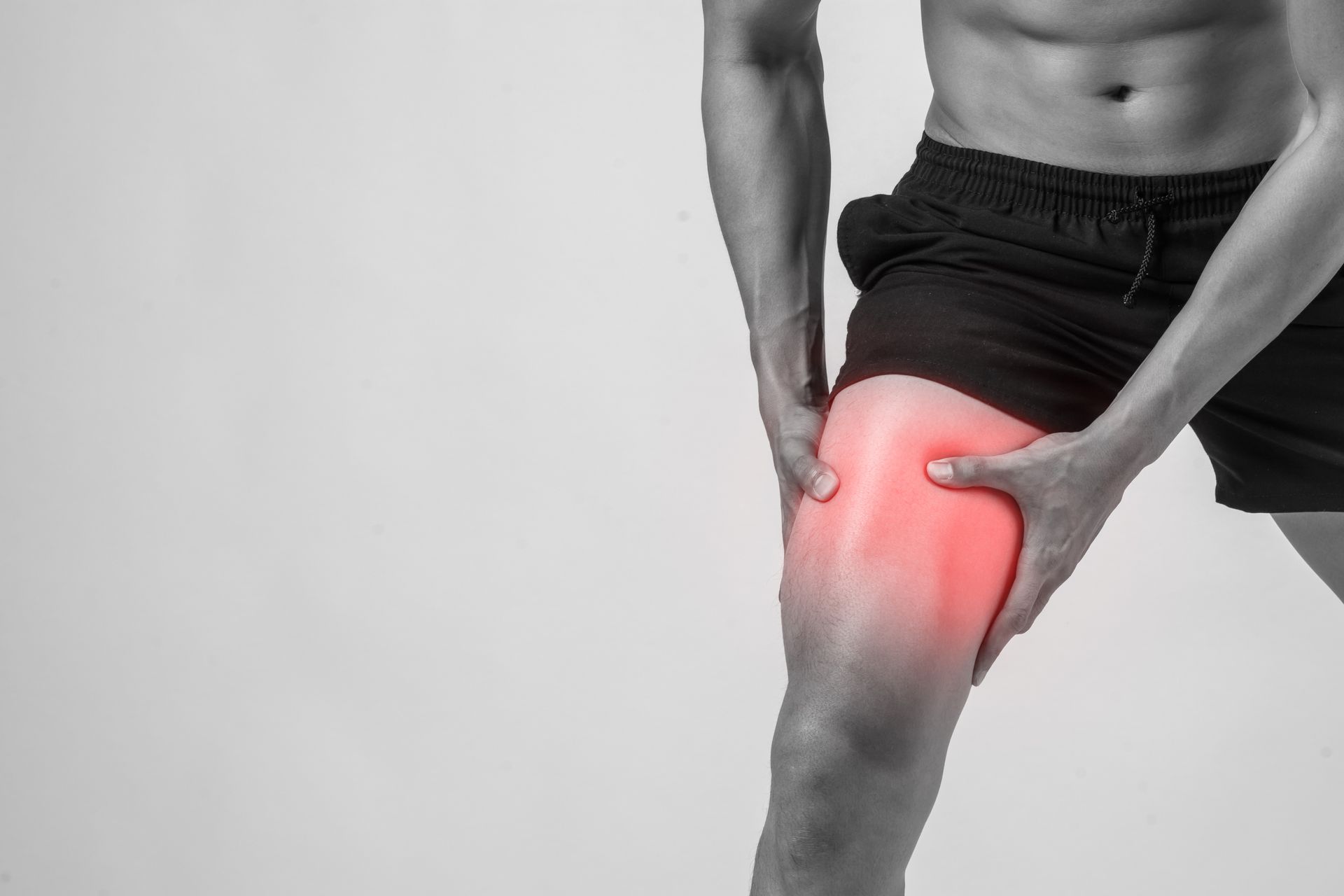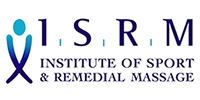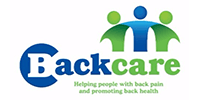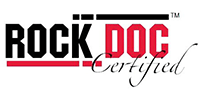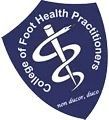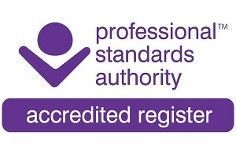With good posture and your arms by your side, move your shoulders backwards, up, forwards and down in a circular movement. Your arms remain by your side. Work forwards 7 x then backwards 7x
Surviving working from home / in isolation
Lisa Moore • February 11, 2021
Tips for physical and mental wellbeing
Physical well-being tips -
- Make a dedicated workspace. This will help correct your posture and ease pressure on the skeletal and muscular system
- Whilst seated ensure your elbows, hips knees and ankles are at 90 degrees and your wrists are flat on the desk to avoid over straining and tension build up in muscles
- Make sure the top of your monitor is at eye level
- Sit on your sitting bones so the top of your pelvis comes slightly forwards, this will engage the lower / lumbar back muscles and draw your shoulders back inline with your body.
- Make sure your ears are in line with your shoulders and your hips.
- Tuck your chin in to avoid the dreading ‘tech neck’ pain
- If you have a specific chair or desk in the office ask if you can take it home for your home office
- Get a stand up desk so you can alter between standing and sitting
- If you don’t have a sit / stand desk then take phone calls whilst standing or walking
- Get out of your seat often to get your body moving and give your eyes a rest from the screen
- Stretch throughout the day. People working from home report they move less. See below in mental health tips for our group Zoom stretches idea
- If you go out for lunch then leave the house & go out for a walk or to the shops
- If you go home to walk the dog during your lunch break then make a point of walking the dog at lunchtime
- Drink water throughout the day, staying hydrated is good for brain function and can prevent muscular pain
Mental health well-being tips -
- Make a dedicated workspace. Your brain will feel like it’s at work rather than at home
- Get dressed for work. If you always wear make up and a specific perfume /aftershave then do so. You have to engage your brain into work mode
- Set up virtual coffee breaks, email your office a Zoom link to a coffee break at 11am and 3pm for 15 mins, allow people to drop in and out
- Remember office birthdays and special days, just because you’re not in the office doesn’t mean to say you’re forgotten
- Organise Zoom group stretches for the office. Great on a physical level but also on a mental health level. We have put together some stretches to do at your desk. See below
- Stick to your office routine as much as you can, if you walk the dog at lunchtime then do so, if you go to the shop to grab your lunch then take a walk away from your house
- If you regularly go to a bar after work on a Friday with a few work colleagues then do it virtually, set up your Zoom meeting and enjoy winding down with a glass of wine or a G&T with some nibbles
Seated stretches for office workers
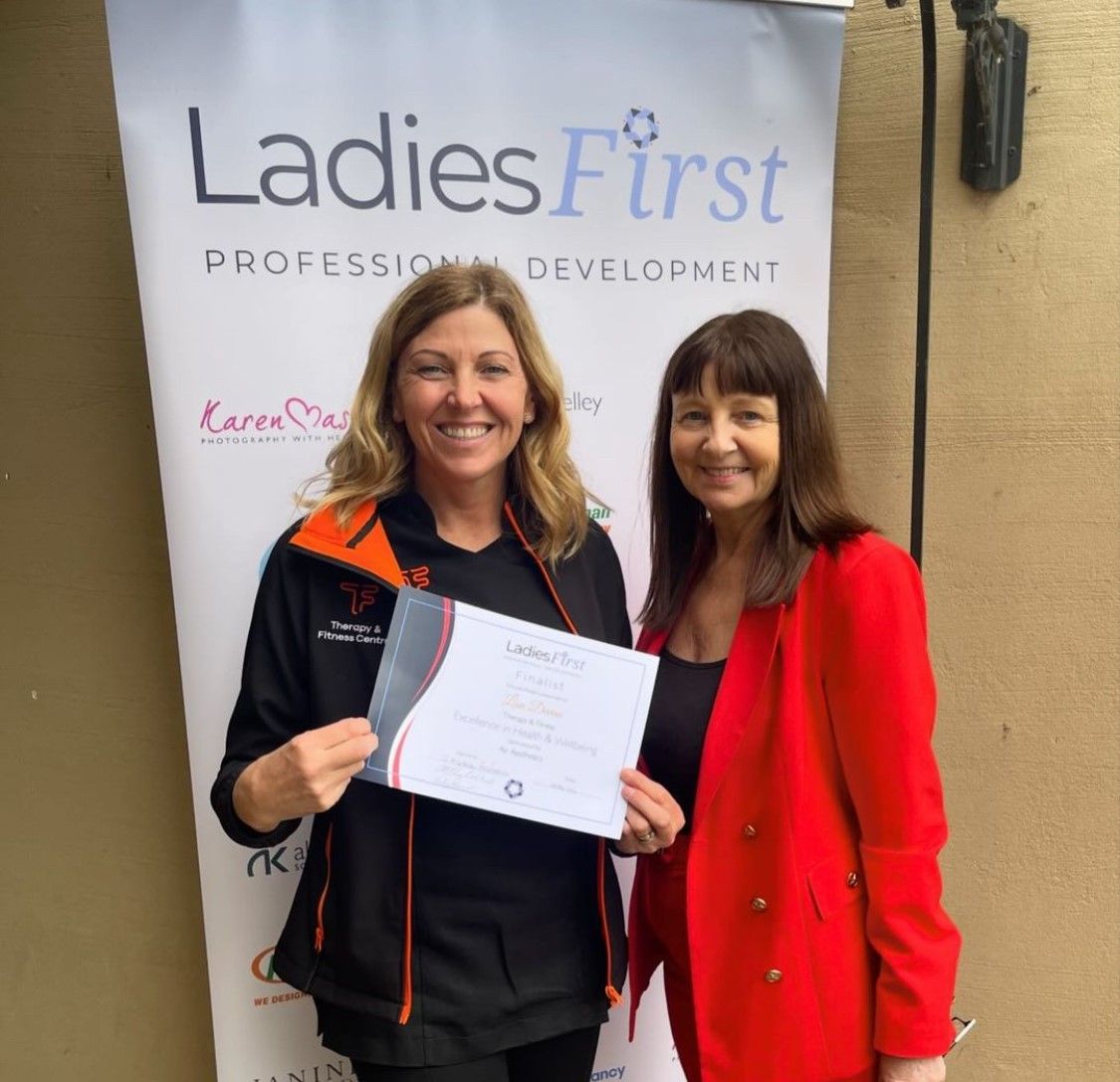
The second time in a row Lisa has been announced as a finalist in the Ladies First Health and Wellbeing category at this years awards ceremony which will be held at the Dallas Burston Polo Club on Thursday 13th June. Last year Lisa won the award which was held at Coombe Abbey Hotel. Will Lisa hold the title for the second year?
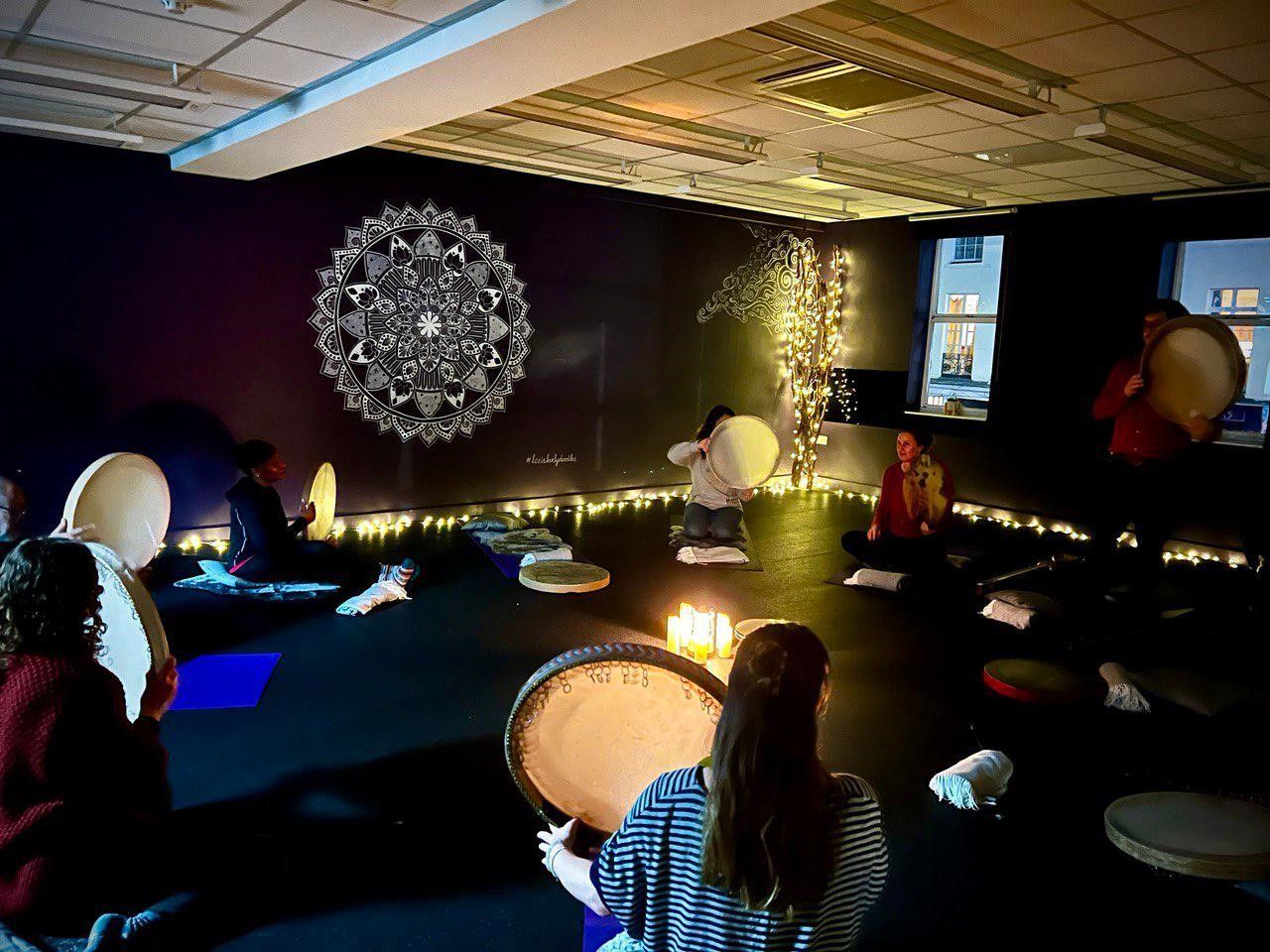
Join us every 3rd Tuesday of the month for Bev and her Heart Meditation Drumming Circle from 7pm for beginners and 8.15pm for those who have attended at least twice before. Become more connected with your heart and practice the ancient art of heart beat meditation. Unlocking lower stress levels, conscious breathing and a better nights sleep along with an art of drumming. The heart holds the key to unlocking your true potential. Daf drums, (Frame drums) provided. Join us as we focus on the heart for a £5 - £10 donation to cover expenses and any additional goes to charity. To book your place click HERE .

Whether you’re struggling with the symptoms of everyday stress, or are experiencing a big change in your life that is activating feelings of anxiety, it can have an adverse affect on your emotional and physical wellbeing. When your mind is in turmoil, it can be difficult to figure out how to diffuse the feelings of stress, so why not try taking the focus off the things you can’t control, and instead concentrate on the things you can. At Leamington Therapy and Fitness Centre , we’ve put together this list of our top 8 stress relievers to help you relax.

